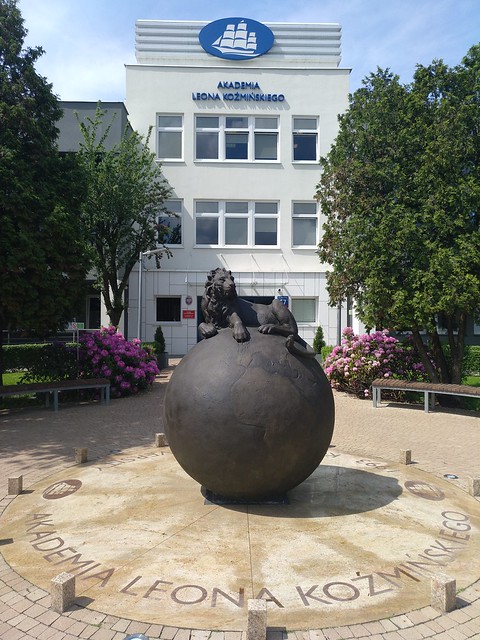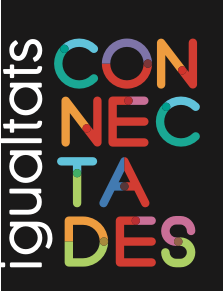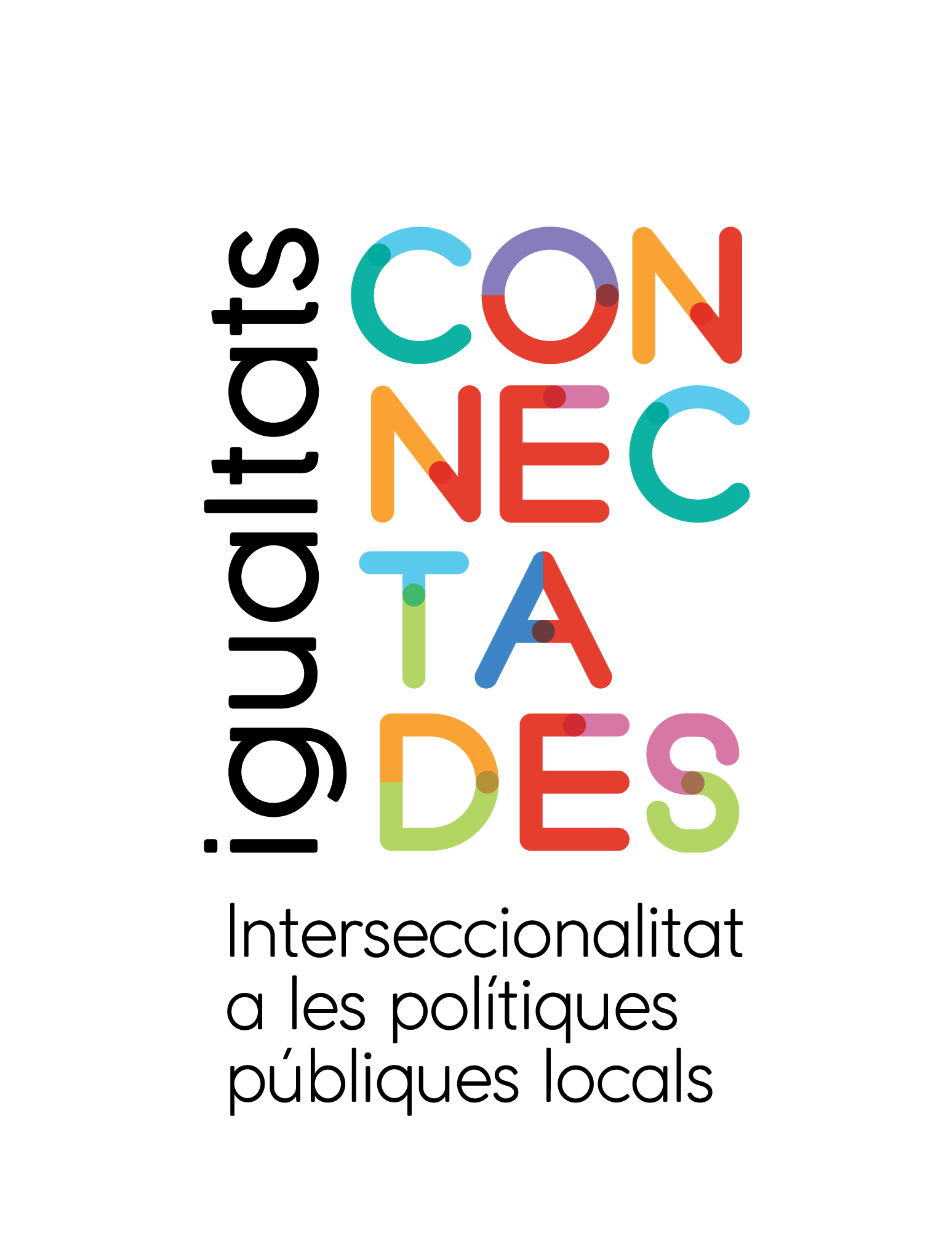19 Jun Intersectionality and the impossibility of translating gender related violence
In May the #IgualtatsConnect project was presented at the conference: Normativity and Resilience in Translation and Culture (Warsaw, 27-29 May 2019) by Gigi GUIZZO, Director of EU Projects, CEPS Projectes Socials, Barcelona.
 Paper abstract:
Paper abstract:
is generally agreed that research across countries, with different cultural and/or language contexts, brings difficulties of translation, especially in the more complex matching of interpretations, connotations or cultural meanings. In projects concerned with gender and violence there are many difficulties of translation in the wider sense, that need to be acknowledged in order to allow fruitful cross-cultural exchange and/or the comparison of research findings or the sharing of materials. A fundamental issue is the varying understandings of the main terms used, including of ‘gender violence’, ‘domestic violence’, ‘gender based violence’ and ‘gender-related violence’.

This paper examines linguistic and cultural translation as key challenges of cross national projects that address gender-related discriminations. It considers issues of translation in cross-European projects, citing the experience of at least two specific projects addressing discrimination from an intersectional perspective: ‘Igualtats connectades (Equality Connected): Intersectionality in Local Public Policies’ and ‘GAP work: Improving Gender-Related Violence Intervention and Referral Through ‘Youth Practitioner’ Training’ (http://sites.brunel.ac.uk/gap).
The main challenges explored are i) the difficulties of agreeing relevant translations, ii) the problem of precisionacross cultural frameworks, iii) the problem of working in English as a ‘shared’ research language that runs the risk of normalizing a false sense of a universal experience of discrimination.
 Research projects about gender related violence and discrimination that work across different countries, and may wish to produce shared conclusions or suggest shared actions, need to contemplate and address the difficulty of translation from the start. They need to work with the tensions (rather than against them) that come up when terminologies and meaning are discussed in a group with people from different countries working on one shared subject across different languages and cultural contexts. It is here where an intersectional approach helps highlight how discrimination is always inherently relational to the context it happens in, and always escapes a ‘complete’ translation.
Research projects about gender related violence and discrimination that work across different countries, and may wish to produce shared conclusions or suggest shared actions, need to contemplate and address the difficulty of translation from the start. They need to work with the tensions (rather than against them) that come up when terminologies and meaning are discussed in a group with people from different countries working on one shared subject across different languages and cultural contexts. It is here where an intersectional approach helps highlight how discrimination is always inherently relational to the context it happens in, and always escapes a ‘complete’ translation.
This paper is loosely based on the chapter ‘Lost in translation? Comparative and international work on gender-related violence’ by gigi guizzo, Pam Alldred and Mireia Foradada-Villar, in the The Routledge Handbook of Gender and Violence, 2018
Download the power point of the presentation here: Lost in translation and intersectionality



